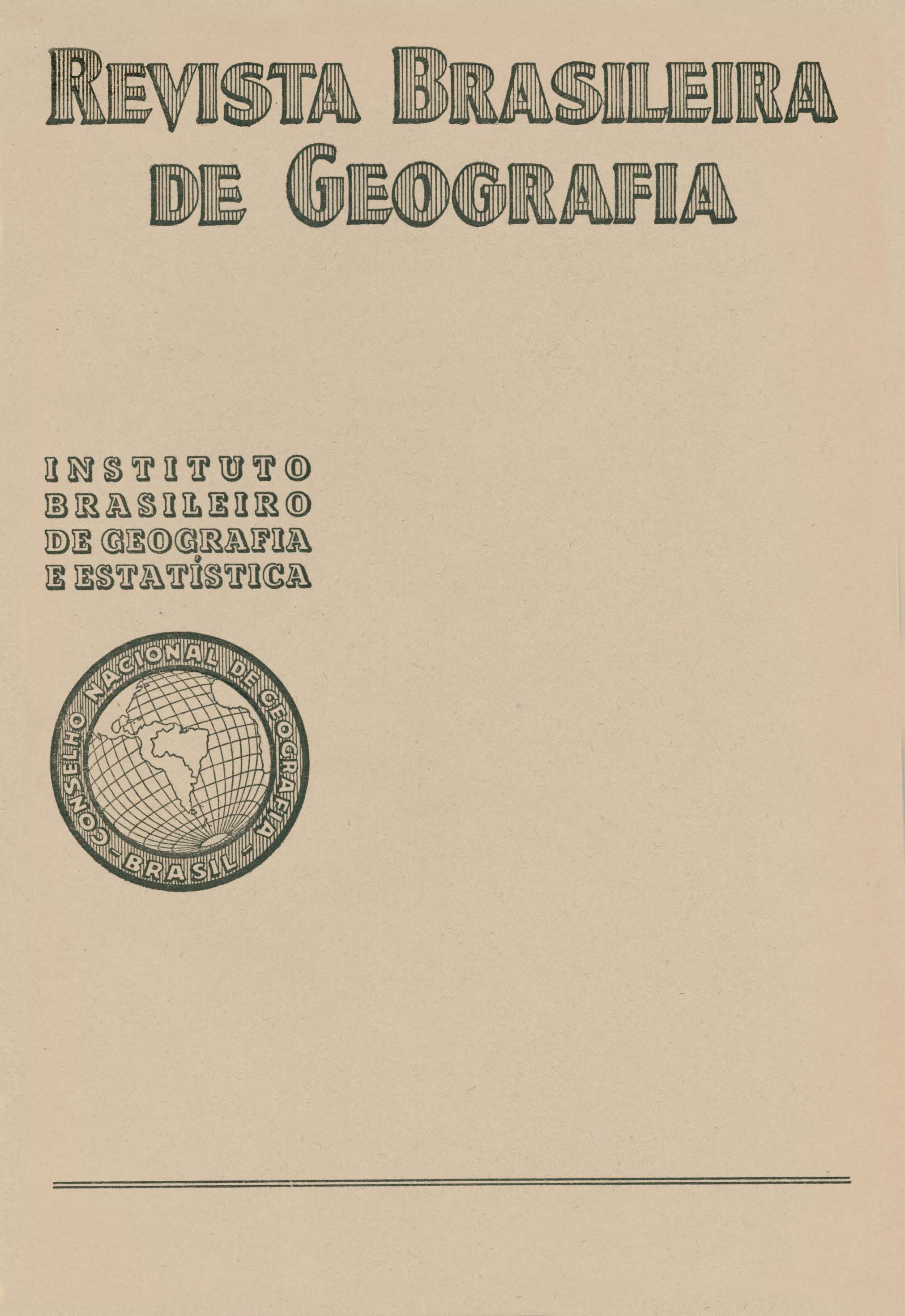A Explotação amazônica
Keywords:
Recursos Naturais;, Geografia Econômica;, Economia Agrícola;, ComércioAbstract
Cacao cultivation starting in lower Tocantins and then up the river largely extended on the margins of the Madeira. Even now signs of the high grade attained by such exploitation me to be found over there, and the author make us mindful of the advantage to carry on again the systematic planting of the valuable product, which today is a dominant staple in Bahia.
The author recalls still that coffee, imported from the French Guiana, was introduced into Brazil through Pará. There was much coffee - farming going on along the Rio Negro shores and until 1830 exportation developed through the Amazon river and the valley lost another chance to become the chief area of this crop. The government tried to help this region develop economically by creating in 1755 the Captaincy of São José do Rio Negro, placing its capital town in Mariuá with the higher rank of a village named Barcelos an official census of production taken in t11e captaincy in 1755 accounts the following: more than 12 000 arrobas (a weight of thirty two pounds) of cocoa, 470 of coffee, 295 of salsa; and, in seedlings: coffee, 221 000; cacao, 90 000; tobacco 47 700; and cotton, 870.
Despite the support given by the Imperial Government and a record of some appreciable expansion this region failed economically and there was only to remain the extractive activity. The causes of such a decline are ascribed to the negative elements which the author has considered: lack of diligent and productive hands, Indian inertia and hostility, preference for crops of natural products, the an arrogance of the Portuguese and their ignorance of the best framing methods.
As the author observes, the guaraná represents the only crop raised by the natives and maintained by their offspring. Almost a privilege of Maués, where it had been a tradition of the local "munducurús" Indians, the cultivation of guaraná is still going on with growing prestige both as food and medicine.
The author finally devotes a long chapter to the study of rubber and says that its exploitation marks the sacrifice of man and soil. But, in view of the measures adopted by the government, now undertaken in rather a military fashion for the mobilization of an army of seringueios (rubber collectores) from among veteranos and "brabos" (freshmen in the extractive), Dr Araujo Lima believes, as he indeed declared so to the press, in the rehabilitation of the Amazonia.






